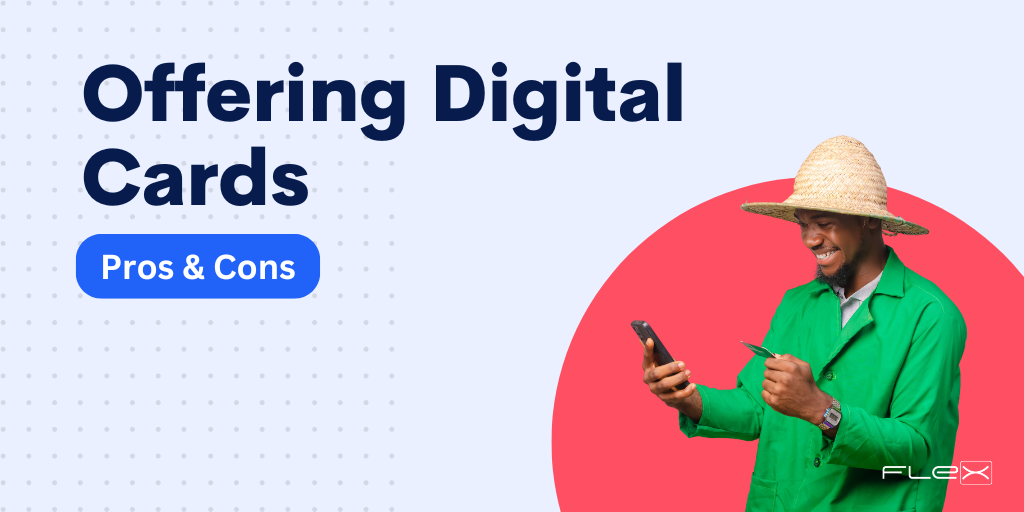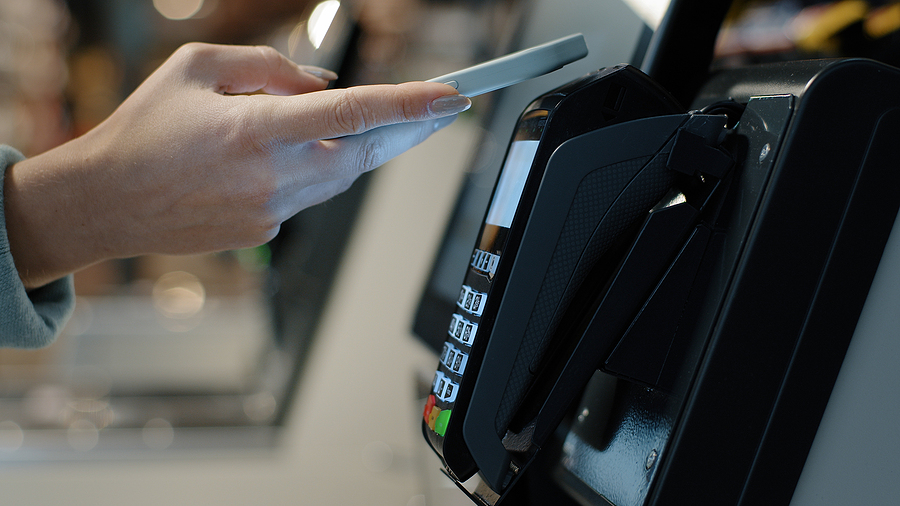Are Digital Wallets Stealing the Credit Card Spotlight?
The term "digital wallet" has been gaining traction in recent years, revolutionizing the way consumers pay for products and services. With card information stored on smartphones, tablets, or computers, digital wallets eliminate the need for physical credit or debit cards. According to a 2021 survey, around 150 million Americans have used a digital wallet at least once.
But with this growing trend, what does it mean for the future of credit cards? And how should your credit union respond?

Convenience is King: Why Consumers Love Digital Wallets
Digital wallets are popular for a reason: convenience. Instead of carrying a physical wallet filled with cards, consumers can access all their payment options on their phone, tablet, or computer.
Whether at the checkout counter or shopping online, payments are quicker, simpler, and more secure. With a quick hover over a scanner, they can conduct touchless transactions without entering a PIN. Examples of popular digital wallets include Google Pay, Apple Pay, and Samsung Pay.
The Real Threat: Buy Now, Pay Later (BNPL) Services
While digital wallets streamline credit card usage, they don't replace them. Credit cards remain essential for connecting to these digital platforms.
However, the rise of Buy Now, Pay Later (BNPL) services presents a more significant challenge.
BNPL allows consumers to make purchases and pay off the balance in installments, often without interest, offering an alternative to traditional credit cards.
Keep reading: BNPL Replacing Credit Cards? Don’t Lose Out on Fee Income: Here’s How
Action Steps for Credit Unions: Embrace the Digital Shift
As the financial landscape evolves, credit unions must adapt. Here’s how:
- Offer a Range of Digital Wallets: Cater to the convenience-driven generation by providing options like Apple Pay, Google Pay, and Samsung Pay. This will enhance member engagement and satisfaction.
- Educate Members on Security: Highlight the security advantages of digital wallets, such as tokenization, which protects card information during transactions.
- Retain Traditional Payment Methods: While younger members may prefer digital options, older members might stick to cash, checks, or physical credit cards. Maintain these options to serve all demographics.
- Promote Credit Cards Alongside Digital Wallets: Ensure members understand that digital wallets rely on credit cards. Reinforce the value of credit cards as a payment method, even as digital alternatives grow.
- Leverage Digital Banking Tools: Use your credit union’s digital banking services to offer intuitive, user-friendly features that build member trust.
The Future of Payments Is Hybrid
Digital wallets are here to stay, but that doesn't mean credit cards are obsolete. By offering a mix of traditional and digital payment methods, your credit union can meet the needs of all members. Download our Digital Account Services eGuide today to learn more about enhancing your services and staying ahead in the digital age.



